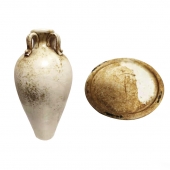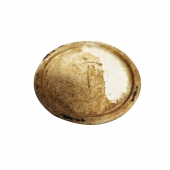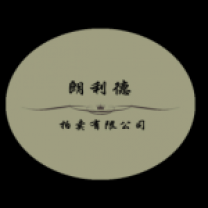北宋定窑四系梅瓶
- 编 号:812830
- 销售状态:待售(不可在线交易)
- 库 存: 1
- 售 价:议价
(平台服务时间:周一到周五 9:00-17:00)
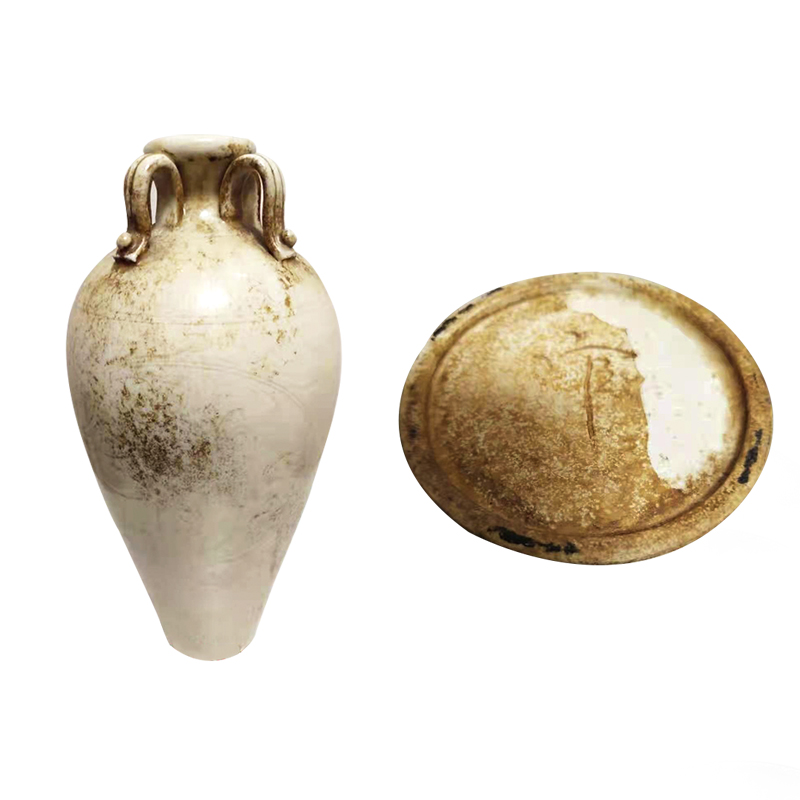
- 资质:
- 评分:
1分 2分 3分 4分 5分 6分 7分 8分 9分 10分 7分
- 印象:
- 经营时间:8年
- 展厅面积:490平米
- 地 区:四川-成都-其他
| 创作年代 | |||||
|---|---|---|---|---|---|
| 作品分类 | 陶瓷紫砂- 瓷器-两宋瓷器 | 器型 | 瓶 | 年代 | 北宋 |
| 窑口 | 其他地方窑口 | ||||
| 作品标签 | |||||
| 适用空间 | |||||
作品介绍
定窑是以纹饰见长,以白色最为名贵。《归潜志》记载“定州花瓷瓯,颜色天下白”。定窑器装饰技法以白釉印花、白釉刻花、白釉划花为主。北宋早期以刻、划花为主并贯穿始终,刻花线条流畅、清晰明快、简练豪放、潇洒刚劲。同时刻、划并用,先用刻刀刻出纹饰的外轮廓线,再于轮廓线另一侧划一细线,而另一侧斜削减地,形成一侧双线,一侧斜削的刻花特点,使图案具有立体感。在花卉一类纹饰中还广泛使用篦划法,浅而细密的线条排列整齐,与轮廓线形成粗与细、深与浅、输与密的对比,使主题纹饰更为突出,收到了很好的装饰效果。印花装饰工整富丽,变化自如,重叠之中层次清晰,复杂之中主题突出,具有浅浮雕的艺术效果。北宋中期,印花工艺兴起,刻花工艺仍然继续盛行,除了早期盛行的莲瓣纹外,各种动植物纹饰大量出现,纹饰的线条较早期流畅,清晰婉转,深浅不一,生动活泼。北宋晚期,定窑的刻划花装饰已经达到登峰造极之势,纹饰题材较中期日趋丰富表现形式更加多样。而此时的印花工艺也已经成熟,题材广泛,以花卉纹最为常见,动物纹饰次之,总之以繁密的布局、纤细的线条和清晰的花纹为世人称道。宋代定窑瓷器的五大主要特征,时常作为辨别定窑器的依据。一是胎体轻薄,胎质洁白。二是釉面多为乳白色,白中闪浅米黄色。积釉处常有泪痕状流釉,呈黄绿色。器物外壁釉薄处可见胎上旋坯痕。三是北宋早期定窑产品口沿有釉,到了晚期口沿则多不施釉,俗称芒口”,芒口处常常镶金、银、铜质边圈以掩饰芒口缺陷,成为定窑一大特色。四是官府所用瓷器底部有“官”、尚食局”等款识。五是定窑器物釉面通常有气泡。用放大镜观察,一般可见大小不等的气泡,一些较大气泡疏散排布于密集小气泡区域的周围,这种现象类似宋影青瓷器特征。以这件白釉刻花四系瓶为例,此瓶胎质细腻,八瓣花式,器形丰腴端庄,刻花刀法利落写意,篦划筋脉,雅致入微。叶片拱花招展,仿佛随风摇曳。线条流丽,寥寥数笔,灵动生趣。平底规整沉实,无意修胎巧留痕,犹如一钩新月挂苍空。通体罩釉独芒口。器面莹亮柔润,色呈牙白悦目脱俗,聚处若泪痕而色略深,朴淳如昔。底款:尚食局,在宋代时为殿中省尚食局,具有强烈的宋代定窑器的风格特色,而此器流传至今并保存完好,甚是罕见极具收藏价值。
Ding kiln is good at decoration, and white is the most precious. "Guiqianzhi" records that "Dingzhou flower porcelain Ou is white all over the world". The decoration techniques of Ding ware are mainly white glaze printing, white glaze engraving and white glaze engraving. In the early Northern Song Dynasty, engraving and flower drawing were mainly used and ran through the whole process. The engraving lines were smooth, clear and bright, concise and bold, natural and unrestrained. At the same time, draw and use at the same time. First carve the outer contour line of the decoration with a carving knife, and then draw a thin line on the other side of the contour line, while the other side is cut obliquely to form the engraving characteristics of double lines on one side and oblique cutting on one side, so that the pattern has a three-dimensional feeling. The grate method is also widely used in flower decoration. The shallow and fine lines are arranged neatly, forming a comparison between thick and thin, deep and shallow, transmission and density with the contour line, which makes the theme decoration more prominent and receives a good decorative effect. The printing decoration is neat and rich, changes freely, the overlapping level is clear, the complex theme is prominent, and has the artistic effect of shallow relief. In the middle of the Northern Song Dynasty, printing technology rose and engraving technology continued to prevail. In addition to the lotus petal pattern prevailing in the early stage, a large number of animal and plant patterns appeared. The lines of the patterns were smoother, clear and gentle, different in depth and lively. In the late Northern Song Dynasty, the carved flower decoration of Ding kiln reached the peak, the decorative themes became richer and more diverse than those in the middle period. At this time, the printing process has also been mature and has a wide range of themes. Flower patterns are the most common, followed by animal patterns. In short, it is praised for its dense layout, thin lines and clear patterns. The five main characteristics of Ding kiln porcelain in Song Dynasty are often used as the basis for distinguishing Ding kiln ware. First, the fetal body is light and thin, and the fetal quality is white. Second, the glaze is mostly milky white, white and light beige. There are often teardrop like flowing glaze at the accumulated glaze, which is yellow green. On the thin glaze of the outer wall of the utensil, there are marks on the tire. Third, in the early Northern Song Dynasty, there was glaze at the mouth edge of Ding kiln products, but in the late Song Dynasty, there was no glaze at the mouth edge, commonly known as "mangkou". Mangkou was often inlaid with gold, silver and copper edges to cover up mangkou defects, which became a major feature of Ding kiln. Fourth, there are "official" and "Shangshi bureau" on the bottom of the porcelain used by the government. Fifth, there are usually bubbles on the glaze of Ding ware. Observed with a magnifying glass, bubbles of different sizes are generally visible, and some larger bubbles are scattered around the dense small bubble area. This phenomenon is similar to the characteristics of song Yingqing porcelain. Take this white glaze engraved four series bottle as an example. The bottle has fine tire quality, eight petal flower style, plump and dignified shape, neat and freehand carving knife technique, grate and veins, and elegant and subtle. The leaf arch flowers flutter, as if swaying with the wind. Beautiful lines, a few strokes, flexible and interesting. The flat bottom is regular and solid. It has no intention to repair the tire and skillfully leave marks, just like a hook and a new moon hanging in the sky. The whole body is covered with glaze and single awn mouth. The surface of the instrument is bright and soft, the color is white, pleasing to the eye and refined, the gathering place is like tears, and the color is slightly deep, simple and honest as before. Bottom paragraph: Shangshi Bureau, which was the Shangshi Bureau of Dianzhong Province in the Song Dynasty, has strong style characteristics of Ding kiln ware in the Song Dynasty. This ware has been handed down and well preserved, which is very rare and of great collection value.

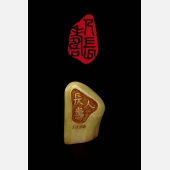 陈维廉
陈维廉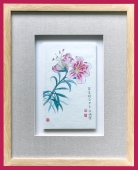 赵映璧
赵映璧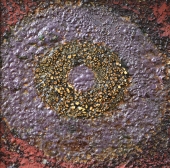 魏新
魏新

